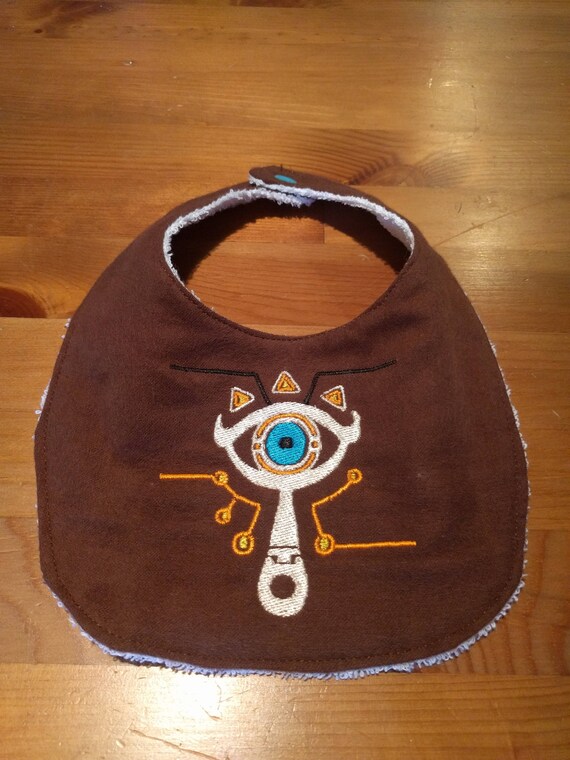
Over time, "It's dangerous to go alone! Take this" has become one of the most iconic references in gaming, synonymous with the Zelda franchise itself. Early in the game, players encounter a mysterious old man in a cave who gives Link a sword while uttering the famous and somewhat nonsensical line, "It's dangerous to go alone! Take this." The slightly awkward translation and charming simplicity of the dialogue made the phrase stick irrevocably in the collective gamer psyche. Its design was fairly simple by today's standards, but it stood out among its menu-laden RPG peers for its robust combat and total lack of hand-holding. The first Zelda game, released for the NES in 1986, was a top-down open-world fantasy adventure. As it turns out, the Sheikah script on these beacons actually translates to, "It's dangerous to go alone." As longtime Zelda fans will know, this is a callback to a famous line from the very first entry in the series. These pins can't be seen with the naked eye, but if one opens up the Sheikah Slate's scope feature and uses it to look around, the beacons become visible as pillars of light with text scrolling up them. When players open the world map, they're able to place up to five beacons to mark points of interest and plan out objectives. However, fans noticed one particularly cool Easter egg within the mechanics of the Sheikah Slate itself. Most of the runes found around the map translate to simple and straightforward descriptions of the structures or objects they're carved into, such as shrine names.

BOTW SHEIKAH SLATE SOUND REFERENCE TO MIDNA CODE
Gamers were quickly able to crack the code and decipher these strings of text after the game was released. This script appears everywhere in Breath of the Wild.

In keeping with the mysterious nature of the Sheikah, they have their own runic script, which corresponds to the Latin alphabet.


 0 kommentar(er)
0 kommentar(er)
